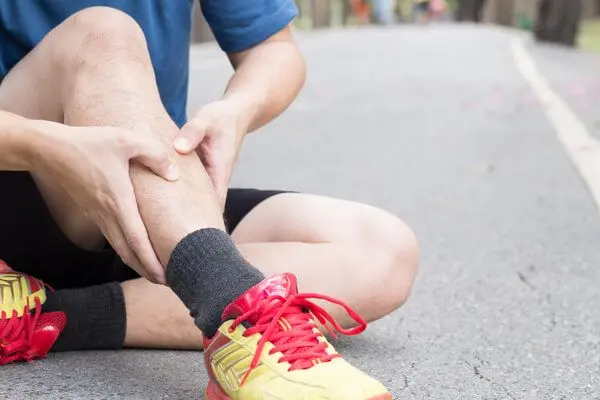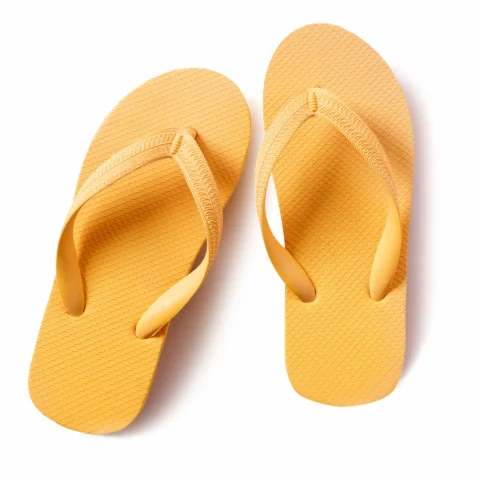
EUP
Updated 8/15/2023 by the Essex Union Podiatry Team
Shin splints can be a frustrating setback for runners, hindering their training and causing discomfort. However, there are several alternatives to running that provide cardiovascular and overall health benefits without the risk of developing shin splints.
In this article, we will explore six effective alternatives and discuss how to treat shin splints to ensure a smooth recovery. Discover how Essex Union Podiatry can help prevent shin splints, treat sports injuries, and provide comprehensive podiatric care.
What exactly are shin splints?
Shin splints, or medial tibial stress syndrome, refer to pain and inflammation along the shinbone and surrounding tissues. They commonly occur in athletes and individuals engaging in activities with repetitive leg impact like running. Shin splints cause a dull, aching shin pain along the inner edge of the shin bone, worsening during physical activity and improving with rest. They result from overuse and excessive stress on the muscles, tendons, and connective tissues surrounding the shinbone. Factors contributing to shin splints include increased activity levels, improper footwear, poor mechanics, training on hard surfaces, and insufficient recovery time.
Shin splints develop due to repetitive impact straining the muscles and tendons around the shinbone, leading to inflammation and microtears. Continued overtraining can eventually result in stress fractures of the shin bone.
Biomechanical issues like flat feet, overpronation, or high arches can also contribute to shin splints by altering force distribution. Training errors, such as sudden increases in intensity or frequency, can overload the muscles and lead to shin splints. Understanding these causes is crucial for prevention and appropriate treatment to alleviate symptoms and promote recovery.
Cycling for Low-Impact Cardiovascular Fitness
Cycling is an excellent alternative to running as it offers a low-impact workout that places minimal stress on the shins. By pedaling away on a bike, you can achieve cardiovascular fitness while reducing the risk of developing shin splints.
Low-impact activities are effective in preventing shin splints because they minimize the repetitive stress and impact on the lower legs. Shin splints often occur due to overuse and excessive strain on the muscles and connective tissues surrounding the shinbone (tibia). Running and other high-impact activities can place significant stress on these structures, leading to inflammation and pain.
In contrast, low-impact exercises provide cardiovascular benefits without subjecting the shins to the same level of force. These activities distribute the workload across various muscle groups, reducing the strain on the shins and allowing for a more balanced and sustainable workout. By choosing low-impact alternatives, individuals can engage in regular physical activity while minimizing the risk of developing shin splints.
Embrace the Water with Swimming or Aquatic Exercises
Swimming and aquatic exercises are fantastic options for those seeking a non-weight-bearing workout. The buoyancy of water reduces stress on the shins, making it an ideal alternative to running. Dive into the pool and enjoy a refreshing workout that benefits both your cardiovascular health and muscle strength.
Swimming stands out as one of the most beneficial cardiovascular activities due to its unique characteristic of being a low-impact exercise with minimal stress on the body. Unlike high-impact activities like running or jumping, swimming takes place in a buoyant environment where the water supports a significant portion of the body’s weight. This buoyancy reduces the impact on joints, bones, and connective tissues, making swimming an ideal choice for individuals with joint pain, injuries, or those seeking a low-impact workout.
Contact us now to discuss your foot and ankle health needs.
Additionally, swimming engages multiple muscle groups simultaneously, providing a full-body workout and promoting muscular strength, endurance, and cardiovascular fitness. Its rhythmic and continuous nature, combined with the resistance of water, enhances cardiovascular conditioning, improving heart health and lung capacity. Overall, swimming offers a safe and effective way to achieve excellent cardiovascular benefits while minimizing stress and impact on the body.
Take a Hike: Enjoy the Outdoors with Nordic Walking
Nordic walking involves walking with specially designed poles, engaging the upper body while providing an excellent cardiovascular workout. This low-impact activity reduces the strain on shins, making it a fantastic alternative to running that still delivers multiple health benefits.
This activity causes shin splints much less frequently than running due to several reasons. First, Nordic hiking distributes the workload more evenly across the body, engaging not only the legs but also the upper body. By using the poles, the arms and shoulders contribute to the movement, reducing the strain on the lower legs and shin muscles. Second, the use of poles helps maintain an upright posture, which promotes proper alignment and reduces excessive stress on the shins.
Additionally, the technique of Nordic hiking encourages a shorter stride length and a more controlled foot placement, minimizing the impact on the shins. Overall, the combination of upper body engagement, improved posture, and controlled foot mechanics make Nordic hiking a low-impact activity that significantly reduces the occurrence of shin splints compared to running.
Hit the Gym: Elliptical Training for a Joint-Friendly Workout
The elliptical machine offers a low-impact, joint-friendly workout that mimics running without the jarring impact on the shins. By using an elliptical trainer, you can elevate your heart rate, burn calories, and improve overall cardiovascular fitness while avoiding shin splints.
It is crucial to protect the joints, including those of the feet and ankles, over time. Joints play a fundamental role in our mobility, stability, and overall quality of life. Overuse, repetitive stress, and improper biomechanics can lead to joint damage and conditions such as arthritis. The feet and ankles, being weight-bearing joints, are particularly susceptible to wear and tear.
Protecting these joints involves maintaining a healthy body weight, wearing supportive and well-fitted footwear, practicing proper alignment and biomechanics during physical activities, and incorporating low-impact exercises into your routine. By taking proactive measures to safeguard the joints, we can reduce the risk of injury, improve joint longevity, and ensure long-term mobility and function.
Treating Shin Splints
If you do experience shin splints, it’s crucial to address them promptly. Treatments may include rest, ice, compression, elevation (R.I.C.E.), over-the-counter pain relievers, and proper stretching exercises. Seeking guidance from a podiatrist can help expedite the recovery process and prevent future occurrences.
Expert Podiatry Care from Essex Union Podiatry
Don’t let shin splints hold you back from staying active and achieving your fitness goals. Essex Union Podiatry offers comprehensive care for shin splint prevention, treatment of sports injuries, and all your podiatric needs. Contact our experienced team today for personalized solutions, expert advice, and a tailored approach to your foot and ankle health. Say goodbye to shin splints and embrace a pain-free, active lifestyle.
Our advanced podiatry treatments can help relieve your foot and ankle issues.

